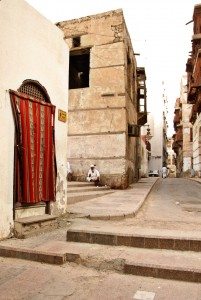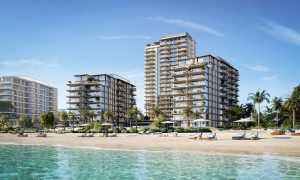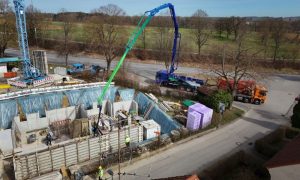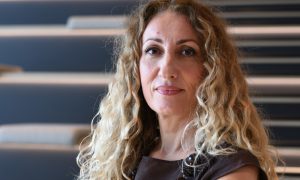Riyadh reform
A capital plan for the future of Saudi Arabia’s first city
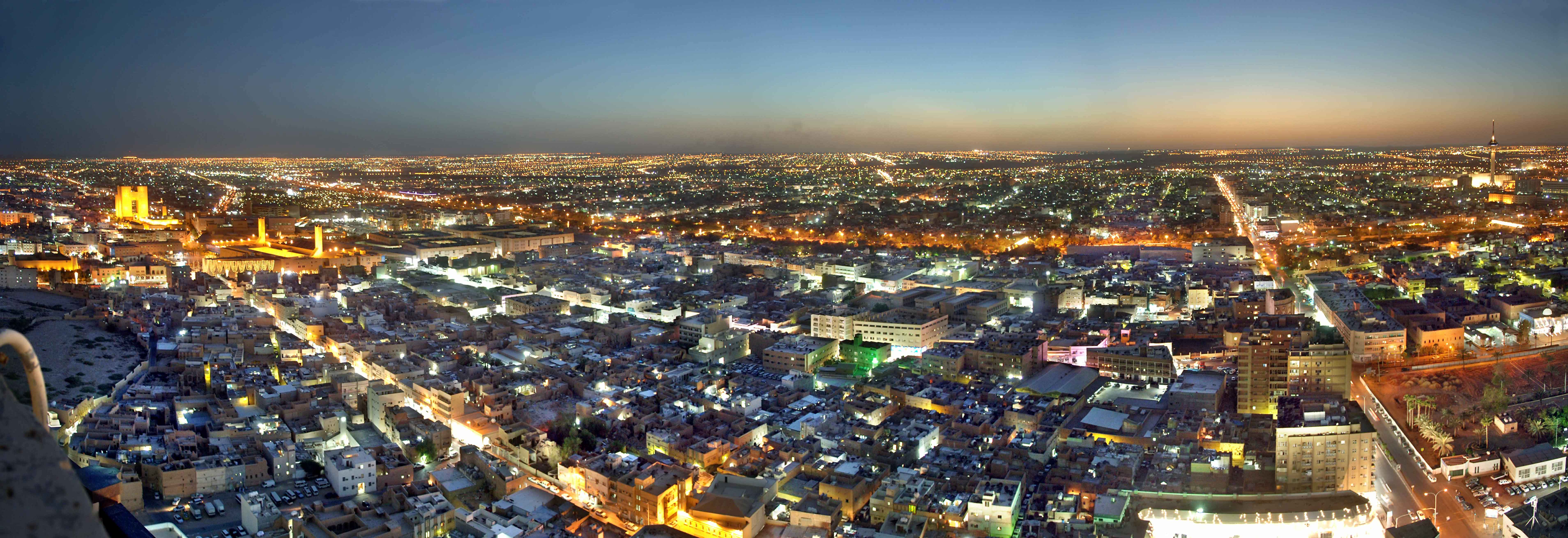
As Saudi Arabia goes through a series of changes including the much debated expat residency reformation Christine Fashugba investigates what lies in store for its capital
Despite Saudi Arabia recently sparking an expat residency debate with a proposed six-year visa cap, its leaders remain focused.
While the rest of the Middle East wonders how crucial infrastructural services will continue to be performed under the proposed legislation, Riyadh’s officials remain positive about achieving the city’s long term vision to attain sustainability in planning, and build a beautiful and functional city for the future.
“The new provisions should have little impact as there will clearly be a transition period where workers can still be brought in for construction projects and service start-ups,” says Emad A. Bin Harshan, of the ArRiyadh Development Authority.
“The main challenge will be establishing the facilities and procedures for technical and vocational training for
Saudis taking on more technical and operational tasks than has typically been the case,” he adds.
Bin Harshan also confirms that there are already tens of thousands of Saudi Arabian nationals who have received or are enrolled in programs of technical education, both within the Kingdom and internationally; mostly in the USA, Australia and Europe.
“Under current government plans these numbers will continue to grow each year, providing a substantial well-trained Saudi workforce to meet the needs of the future,” he adds.
The city’s goals were set out in the Metropolitan Strategy (MEDSTAR), reviewed in 2008-09 and adopted as a policy in 2011. Obstacles have since arisen, including a recent major setback to relations between Riyadh and Jakarta, after the Indonesian government suspended recruitment of migrant workers for Saudi Arabia.
Yet despite the difficulties the city’s vision now faces, including the impact of an expected population boom from its current amount of about 5 million people to around 8.5 million by 2031, Riyadh’s officials remain positive.
ArRiyadh Development Authority is responsible for the socioeconomic, cultural, and environmental development of the city; devising plans and procedures to improve the standard of services and facilities provided to residents.
The body has also recognised the importance of infrastructure to the city’s future as well as its liveability, and as a result is about to commence the development of an infrastructure plan for Riyadh, covering the next two decades and addressing future priorities across the metropolitan region.
“While this represents a major challenge in terms of managing urban growth and providing infrastructure, it is also a major opportunity to provide Riyadh with the very latest in infrastructure services and technologies — something that
slow-growth, established cities find it difficult to finance,” Bin Harshan says.
As the vision is long-term and broad, Bin Harshan confirms several immediate initiatives have been set up to assist in its achievement.
These include the restoration of Wadi Hanifah, one of Riyadh’s few natural green spaces and one of the largest environmental rehabilitation projects in the world; construction of the King Abdullah Financial Centre at the heart of Riyadh’s emerging financial services sector; and the completion of the master plan for King Khalid International Airport.
In addition, major water supply and sewerage reticulation projects will continue across the city; projects identified as a crucial challenge in the MEDSTAR plans.
“The immediate vision for Riyadh is for a busy working capital of a busy and growing Kingdom, but also for a big city that operates on a human scale.
“For the coming year our vision is to improve Riyadh’s rankings on competitiveness measures among the cities of the world and especially the cities of the Middle East,” Bin Harshan says.
Green goals
Bin Harshan confirms the greatest contemporary challenge ArRiyadh Development Authority faces in helping Riyadh achieve its vision, is the introduction of a city-wide rapid, efficient and attractive public transport that can meet people’s travel needs in a culturally appropriate and affordable way.
Despite a significant increase in new roads, air travel and improvements in air transport infrastructure for both cargo and commercial purposes around the Middle East in recent years, Sultan Faden head of founding group, Saudi Green Building Council, says the lack of a complete public transport system in Riyadh significantly obstructs the chances of the city running sustainably.
“It’s difficult to define a how green a city is. If I am to define, it would be by counting how many green products or the percentage of infrastructure a city has. Riyadh’s infrastructure is about 70%; there is no public transportation so that’s what makes it weak as a green city,” Faden says.
“Riyadh has a number of green projects at the moment compared to other cities but not enough and it should be more than that. It’s all dependent on limited transport which is 99% cars and 1% irregular bus systems,” he adds.
Faden believes public projects in Riyadh are heading towards becoming sustainable albeit at a slow pace; with 29 of the Kingdom’s 44 LEED accredited projects being initiated in the city.
“If we recognised LEED projects as an indication for green projects, then Riyadh has the highest number of LEED registered projects in Saudi Arabia,” Faden says.
Although the Kingdom’s transport projects have yet to commence with many awaiting government financial approval, plans are fully developed for two initial stages of a light rail network — the first a 32-kilometre north-south line with 23 stations and the second a 14.5-kilometre line with 13 stations to be supported by a sophisticated network of collector and route buses that cover the whole metropolitan area.
“Transport is hugely important to a city like Riyadh, which is expanding and developing to facilitate ease of moving not only people but freight. King Abdullah Financial District (KAFD) should be linked to the main city and the country needs to link with other major Saudi cities though the rail network,” says Andrew Jackson, director of SAS International, metal ceiling designers and manufacturers on King Saud University, Al Imam Muhammad Islamic
university and the ministry of higher education.
“The development of transport infrastructure is a chance to implement solutions that are known to work but can also make a real impression and statement,” Jackson adds.
Suggesting transport development options for Riyadh, Jackson asserts that building solutions and product materials today can allow the region to create fresh new transport hubs which would not only be modern and efficient but also
sensitive to the urban realm.
“I would suggest both a Railway network and metro should be implemented. The metro should be brought into the city linking with KAFD.”
“All different schemes have to be integrated for an initiative to be planned correctly. Communication is key. Architects, main and sub-contractors, engineers and manufacturers should all work together as a team for an element
of joined up thinking,” he adds.
Progressive improvements to Riyadh’s overall infrastructure include the privatisation of telecoms, energy supply, water supply and sewerage treatment with backlogs in these services having been or currently being substantially eliminated.
Much has also been done in environmental coordination and management. There are 45 projects and studies that have been undertaken in the past three years by more than 12 agencies, coordinated by a High Committee for the
Environment supported by the ArRiyadh Development Authority.
“With this experience, Riyadh can now proceed with confidence in further developing its environmental management capabilities. Of 75 major studies and projects approved recently by the High Commission for the Development of Riyadh, 25 address environmental issues,” Bin Harshan says.
Bin Harshan confirms that a major study has been commissioned to prepare an infrastructure plan for the city for the next 20 years. The research is due to commence this year.
“Very few cities internationally, and no others in the Kingdom, have such infrastructure plans covering an entire metropolitan region and all infrastructure sectors,” Bin Harshan concludes.
